Glass speaks to US actor Kelsey Asbille about her contrasting roles in the long running TV series Yellowstone and the thriller movie, Don’t Move
From Winter Issue 60
Kelsey Asbille’s portrayal of Monica Dutton in the ongoing US TV series Yellowstone has always been defined by a deep emotional undercurrent, one that navigates the complexities of family loyalty, cultural identity and personal trauma. As the show enters its final chapters, Asbille’s character is tested like never before, caught between the demands of the Dutton family and her own sense of self.
But it’s not just the grand, sweeping landscapes of the American West in the Paramount Network drama that define her work. Asbille is also embracing a new level of emotional intimacy in her latest role in Don’t Move, a Netflix film that premiered globally in the number one spot, in which she plays a woman attempting to escape from the effects of a paralysing drug she’s been injected with.
As Asbille reflects on these two vastly different roles, she opens up about what it means to portray characters who find strength in their vulnerability, how her own experiences inform her approach to family dynamics, and what she hopes audiences take away from her performances.
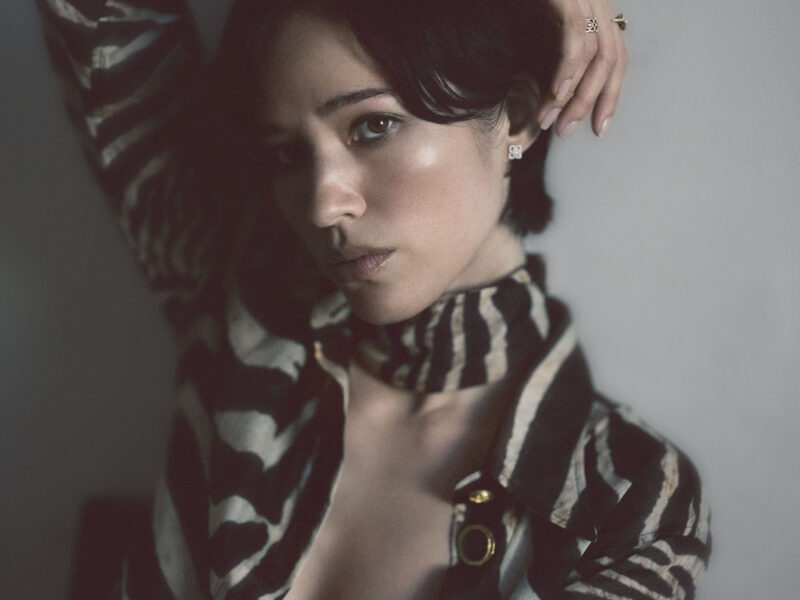
Photographer: Kat Irlin
In the second part of the fifth season of Yellowstone, your character faces more intense challenges. How do you portray someone constantly torn between loyalty to her family and the tensions that come with marrying into the Dutton clan?
Monica is someone who believes the world is good. Even with everything that’s happened in her life, she believes that world is possible, that there are other ways of imagining the world that do not depend so much on opposition as they do on cooperation. That said, I wouldn’t advise marrying a Dutton.
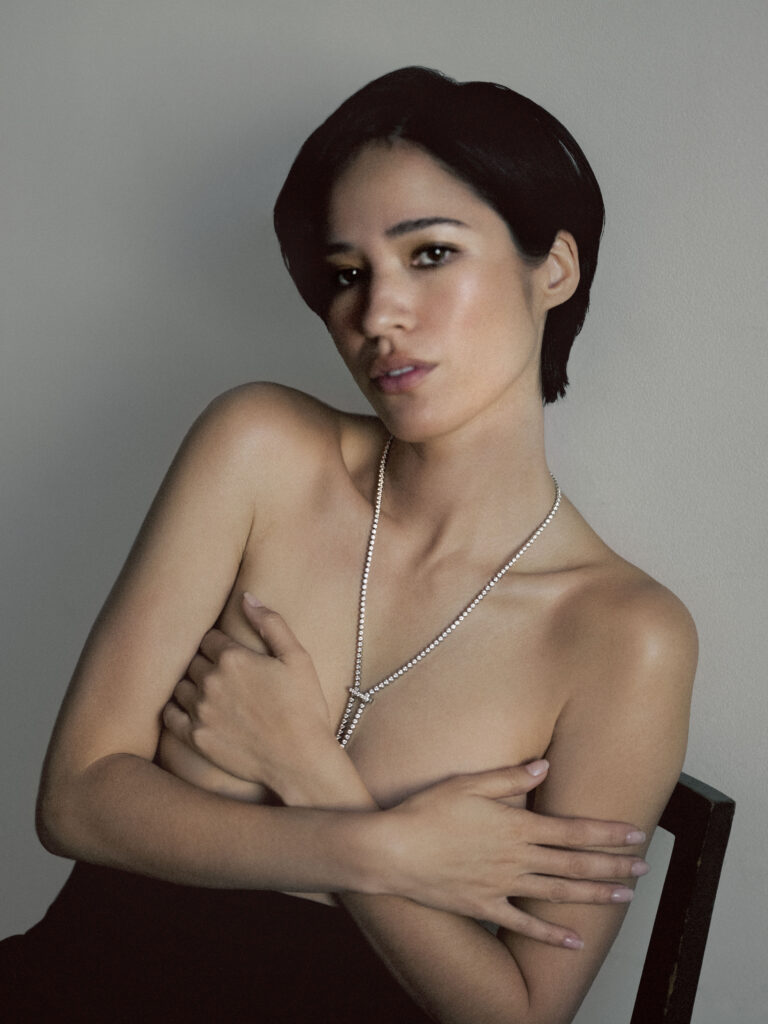
Photographer: Kat Irlin
Monica has always been a character deeply connected to her heritage. How does this evolve this season and what did you bring to the role that felt new or different from previous seasons?
As an Indigenous woman, Monica carries both the past and the future in the same glance. This season, that means finding joy and ways to invest in her family’s future. She understands land as a relation, recognising that it is us who belong to it. It’s this understanding that shapes her role in the Dutton legacy.
How do you balance the strength and vulnerability of Monica’s character, especially in the heightened emotional landscape of the second half of season 5?
Monica’s strength is her vulnerability, her softness, her instincts; the fact that she does have emotion, and she does care. She’s human, and she is trying her best to show up for herself, her family and those who came before her.
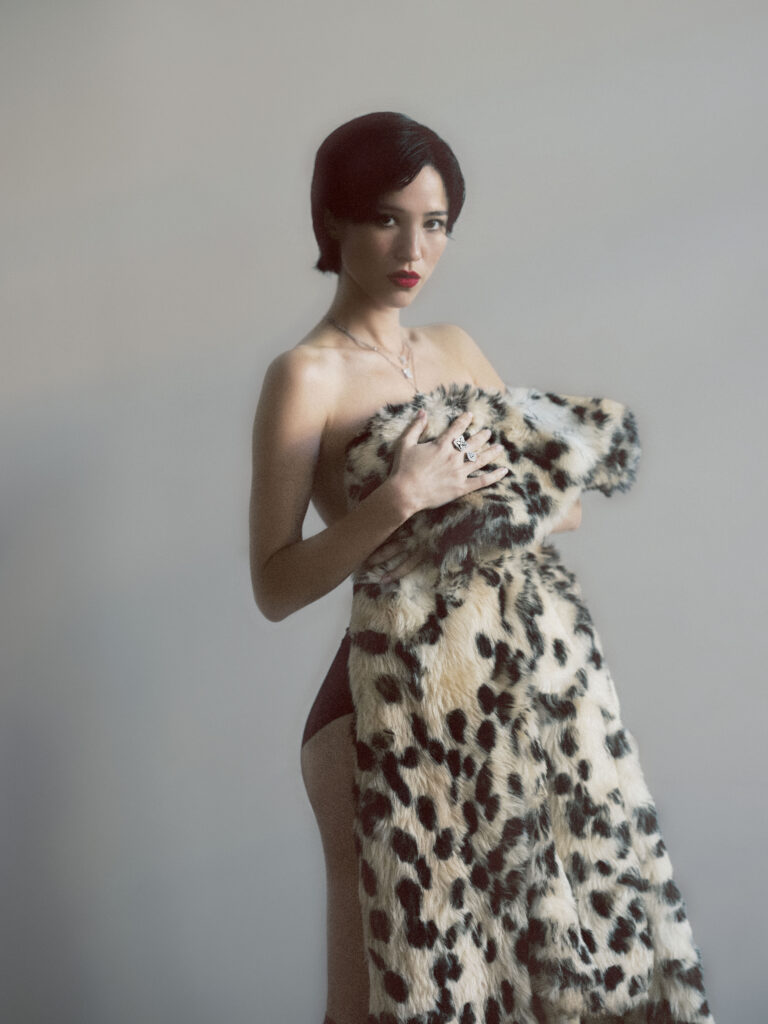
Photographer: Kat Irlin
The Yellowstone universe is known for its layered storytelling, where even supporting characters like Monica are given complex arcs. How do you navigate the nuances of a character who is central to some of the most pivotal moments but still often working in the shadow of the larger Dutton narrative?
I don’t know if that’s something I actively consider when I’m working. Monica is someone who is worthy of expression. Her perspective is valued. I think every character you play deserves that mindset.
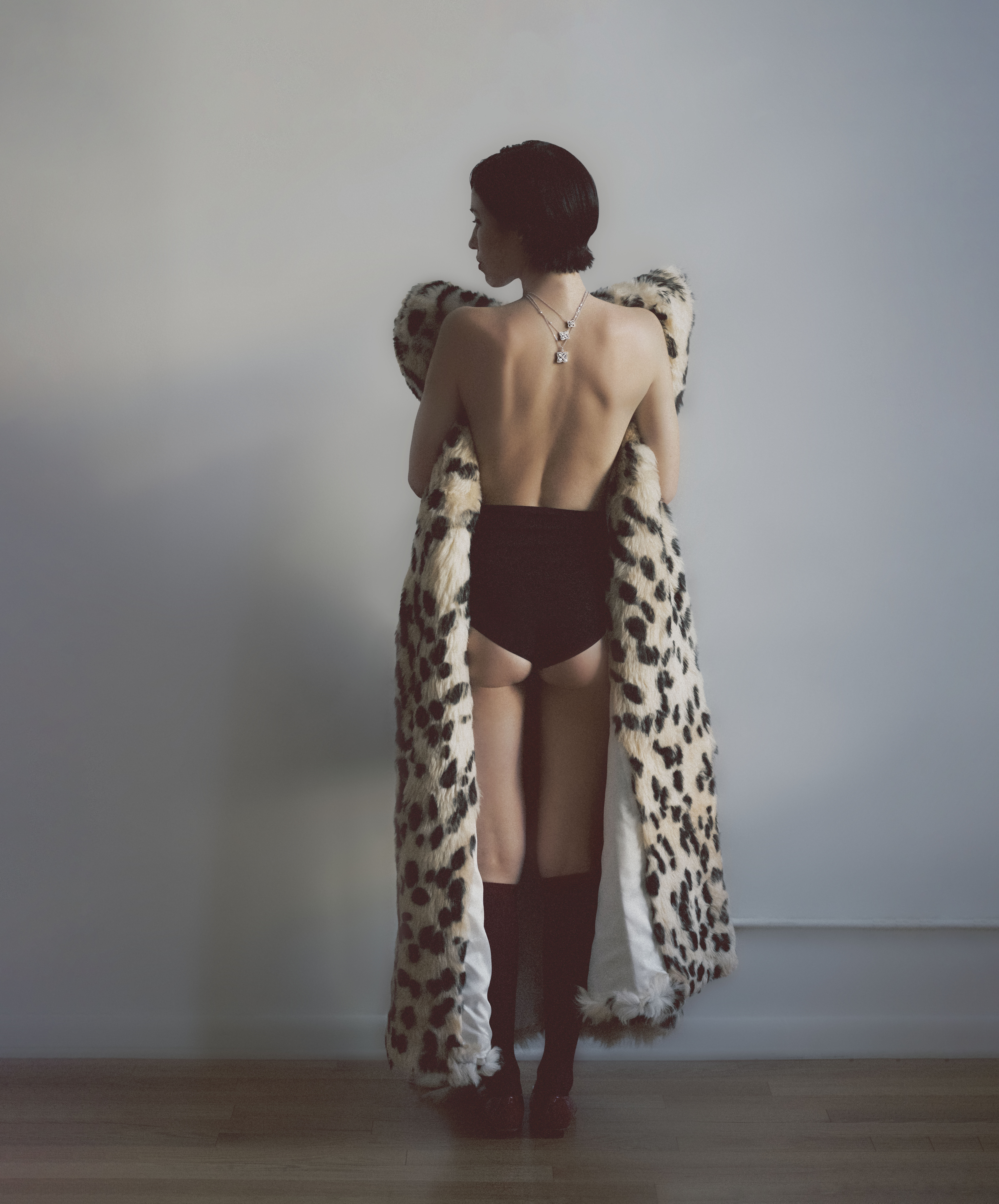
Photographer: Kat Irlin
In Don’t Move, you portray a character that’s dealing with a very different kind of struggle. What attracted you to this role and how does working in an intimate, emotionally raw film like this contrast with the more epic scale of Yellowstone?
What initially drew me to the project was the team behind it. I met with directors Adam Schindler and Brian Netto, and producer Sam Raimi, and I knew right away that I wanted to be a part of it. Sam is a master of the genre, but they also aimed to create a deeply personal, intimate story about a woman who must discover something buried deep within her in order to win. That’s what resonated with me most. Sam asked me to play the part at the end of our meeting, and that was a dream come true. Then, absolute panic set in. How the hell do I pull this off?
In Don’t Move, how do you navigate playing Iris, a character that’s so quietly powerful yet on the verge of collapse?
It had its challenges both mentally and physically – navigating a character who is experiencing deep emotional turmoil while being so limited physically. I think it becomes about embracing contradictions. Finding moments of quiet defiance in her state of fragility. Translating the paralysis was very technical. I really had to lean on our directors, making sure my movements not only lined up narratively but also came across convincingly on camera.
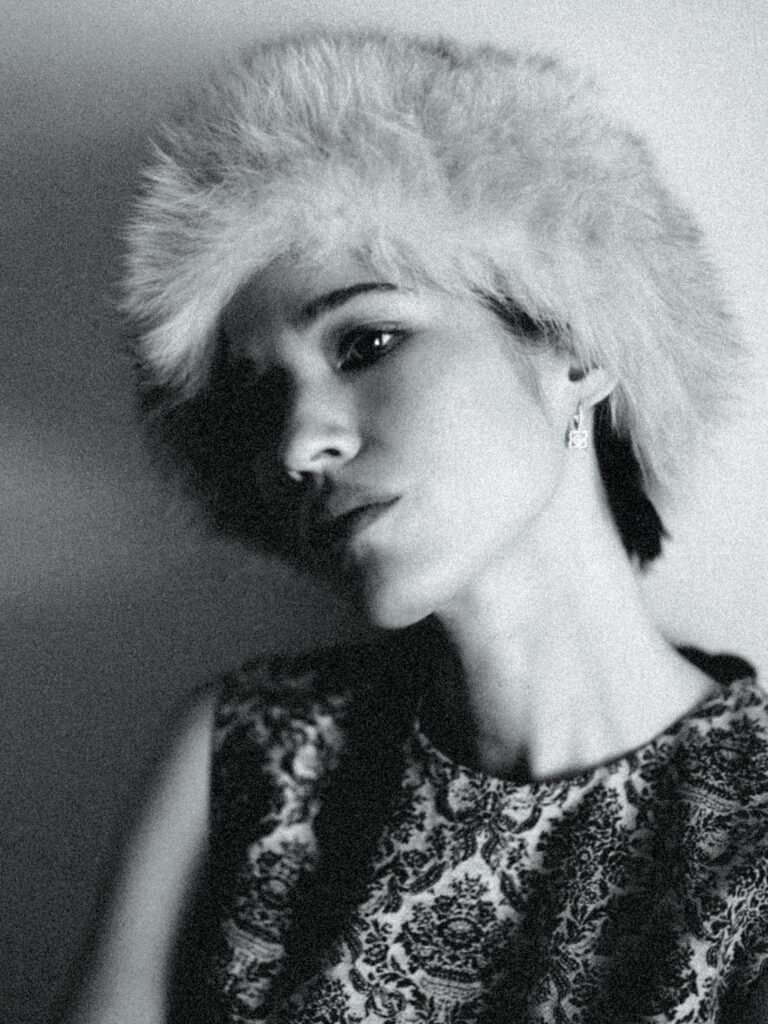
Photographer: Kat Irlin
Both Yellowstone and Don’t Move showcase characters dealing with loss, identity and resilience. How do you think your portrayal of Monica in Yellowstone informs your approach to more intimate, independent films like Don’t Move, and are there similarities in how both characters confront their realities?
I do see similarities, of course. What ties them together is their humanity. Both roles challenged me to dig deeper into what drives a person to keep going, even when the world feels like it’s against them. Adversity shapes who we are and how we deal with life, but Monica and Iris are not defined by their trauma.
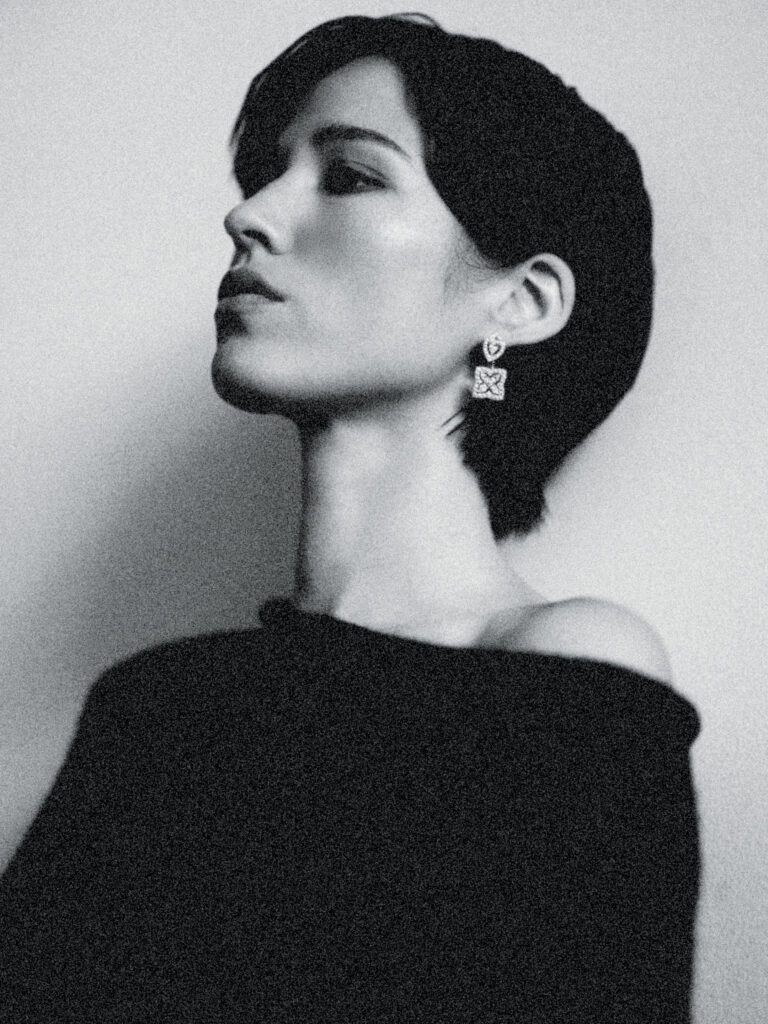
Photographer: Kat Irlin
You’ve been part of Yellowstone since it began in 2018. Looking ahead, what are you most excited to explore with Monica’s story in the final chapters of the series?
Monica’s journey has always been about fighting for her family and helping them find their own path in a world that constantly challenges them. I’m excited to see where that takes her in the end. Hopefully, she finds some peace.
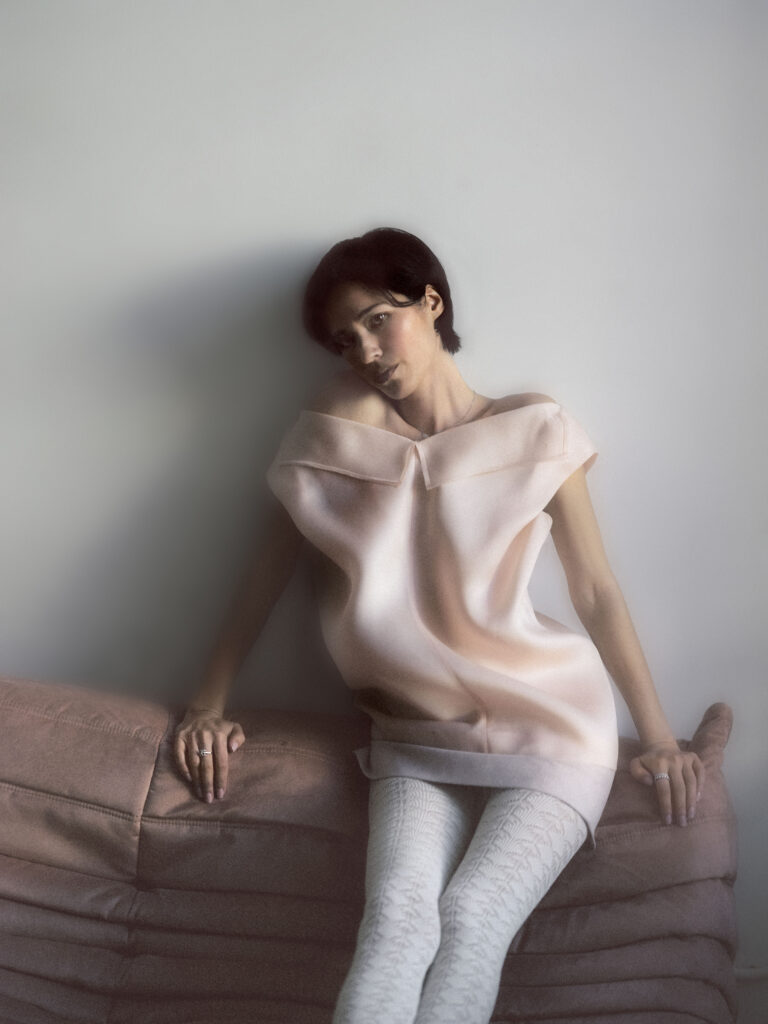
Photographer: Kat Irlin
How has your experience working on Yellowstone and Don’t Move shaped your understanding of the familial dynamics in both stories, and how do you think these themes resonate with audiences today?
That’s such a thoughtful question, and a tough one to answer. Family is such a universal theme – they shape so much of who we are and who we become. I think audiences connect with the show in different ways, depending on their own experiences. It really comes down to where you are in your own life when the story finds you.
by Adina Ilie
Photographer: Kat Irlin
Stylist: Natasha Colvin
Makeup: Tyron Machhausen
Hair: Blake Erik
Styling assistant: Aisling Finucane
Retouch: Katy Sims
Talent: Kelsey Asbille
Look 1: Enchanted Lotus band in rose gold and set with diamonds, Enchanted Lotus earrings in rose gold and set with diamonds, Enchanted Lotus ring in rose gold and mother-of-pearl, set with diamonds, all DE BEERS, Dress SCHIAPARELLI
Look 2: Enchanted Lotus bezel set necklace and clip in white gold, set with diamonds DE BEERS, Shorts DIOR
Look 3: All three necklaces: Enchanted Lotus pendant in white gold and set with diamonds, Enchanted Lotus open ring in white gold and set with diamonds, all DE BEERS, Coat GIVENCHY, Underwear STYLIST’S OWN
Look 4: All three necklaces: Enchanted Lotus pendants in white gold, set with diamonds DE BEERS, Coat GIVENCHY, Socks CALZEDONIA, Shoes ROGER VIVIER, Underwear STYLIST’S OWN
Look 5: Enchanted Lotus sleepers in white gold and set with diamonds DE BEERS, Dress MAX MARA, Hat SELECT VINTAGE
Look 6: Enchanted Lotus drop earrings in white gold and set with diamonds DE BEERS, Dress LAUREN MANOOGIAN
Look 7: Enchanted Lotus band in white gold and set with diamonds, Enchanted Lotus pendant in white gold and set with diamonds, Enchanted Lotus ring in white gold and set with diamonds, all DE BEERS, Top, skirt KHAITE, Tights CALZEDONIA
